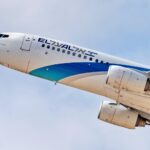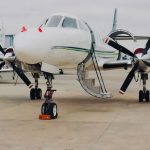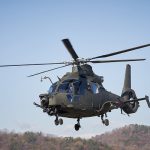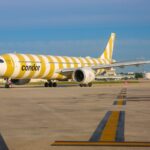In the framework of a media meeting that took place this Tuesday morning in Buenos Aires and in which Aviacionline participated, Flybondi’s CEO, Mauricio Sana, shared some details about how this year has been for the ultra-low-cost airline and future plans, within a program called 2X, which aims to double the number of passengers carried in 2019 by 2023.
Flybondi has been able to establish itself as the airline with the best occupation in the Argentine domestic market, with figures above 90%, which can be partly explained by the Previaje (a national government program to stimulate tourist traffic) although, according to Sana, this was not a determining factor between July, August, and September, when they had an average occupancy rate of 91.92% and the program was not in effect yet.
In view of this situation, and following the announcement made a couple of weeks ago that two more aircraft would be added to the fleet between January and March, the executive said that they intend to increase the fleet to 10 aircraft by mid-year, which would consolidate the program to double the number of passengers transported.
Furthermore, this will mean that by 2023 Flybondi will have more than 970 employees (today there are 500), generating more than 10,200 indirect jobs and an economic impact on regional economies of USD 496,500,000.

In relation to its network, Sana said they are evaluating routes that have high demand and improving existing frequencies. «We run away from route decisions based on politics. We will fly routes that suit us both, the company and the destination,» he said in response to a question about subsidized routes.
Flybondi will resume its international flights to Rio de Janeiro, Sao Paulo, Florianopolis and Punta del Este before the end of the year, while in the domestic segment it will start flying to Ushuaia as from January, joining Bariloche, Corrientes, Córdoba, Jujuy, Mendoza, Neuquén, Posadas, Iguazú, Salta, Santiago del Estero, Trelew and Tucumán.
From the operating point of view, El Palomar, Aeroparque, or Ezeiza are the same, but the problem is the available slots at Aeroparque, since the low-cost model looks for uncongested airports, and this one is beginning to fill up, though they are working on obtaining more overnight positions.
Sana said that the Buenos Aires airport is an opportunity to «educate» a public that does not know the low-cost model, adding that they had a very good meeting with the Chief of Cabinet of Ministers, Luis Alberto Manzur, in which they made themselves available for whatever they may need. They also talked about El Palomar (the low-cost airport closed for commercial flights after the pandemic), which, if reopened, would evaluate the possibility of coming back.
Since the resumption after the pandemic, Flybondi has already transported more than 500 thousand passengers, and in November they have exceeded by 2% the amount transported during the same month of 2019, reaching a load factor of 95% and an on-time performance of 90%.
«There is an unsatisfied demand. There are 41 million people in Argentina who are not traveling by air. We want to create enough capacity so that more people have access to this means of transportation,» Sana concluded.













